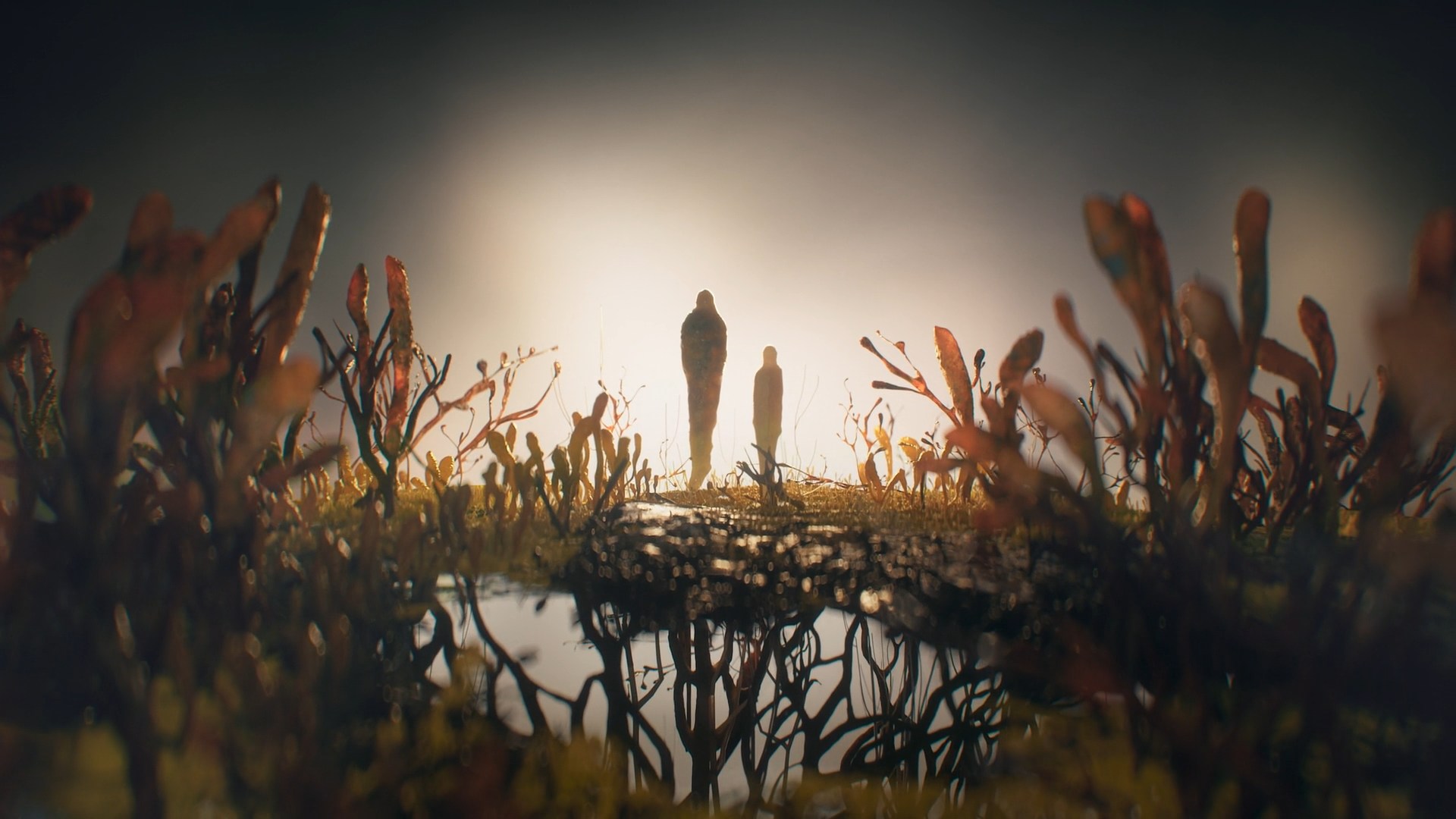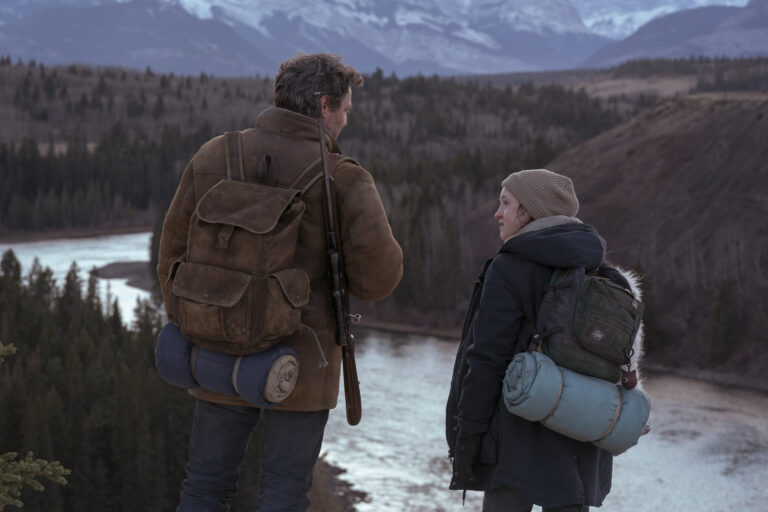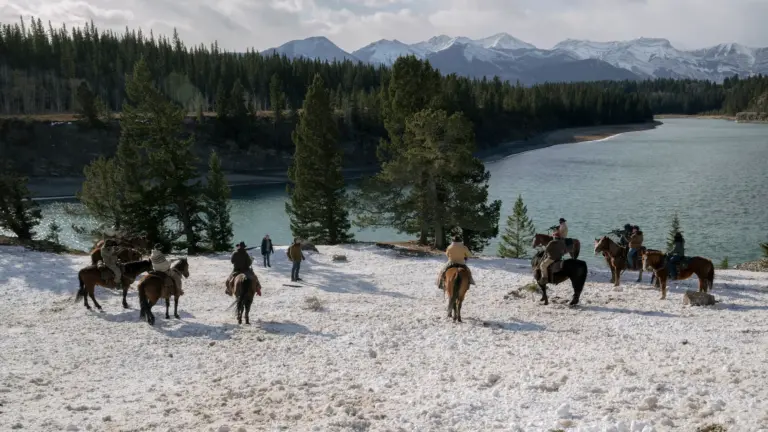Let’s be honest. Part of what made HBO’s The Last of Us so jaw-droppingly good was how real everything felt. You could almost smell the mildew on the collapsing walls or feel the grime on Joel’s sleeves. That’s no accident. And as we roll toward Season 2, the pressure to top that grounded, gritty atmosphere is sky-high. So how exactly do you build a world that’s falling apart without falling apart yourself?
Let’s dive into the weeds – or more accurately, the moss-covered buildings and the heavily-distressed flannel.

The Worn, Weathered, and Wild: Costume Design Gets Grittier
Cynthia Ann Summers is back at the costume helm for Season 2, and she isn’t here to play dress-up. According to her, costumes have to blend into the story. If you notice the clothing first, something’s gone wrong. The goal? Total immersion.
But that doesn’t mean things are thrown together. Nope. These looks are engineered. Summers and her team go full post-apocalyptic chic by:
- Distressing every piece until it looks like it survived five winters and two fungal outbreaks
- Layering fabrics to reflect the makeshift nature of survival fashion
- Selecting colors that mirror the tone: earthy, faded, and undeniably grimy
And functionality? That’s everything. Characters don’t just stand around. They sprint, crawl, climb, and fight infected in some pretty gnarly situations. So the outfits have to hold up – and still look like they’re barely holding on.
Summers also makes sure each character wears their history. Ellie’s gear? Tough, but worn. Joel’s look? Rugged, broken-in, and full of story. These aren’t costumes; they’re extensions of the people who wear them.

Set Design That Swallows You Whole
Meanwhile, production designer John Paino has been busy making the world fall apart. That’s his job. He’s the guy behind the collapsing overpasses, the crumbling malls, and the quiet horror of cities returned to nature. For Season 2, he’s turning it up another notch.
Paino and his team didn’t just copy the game. Sure, they studied Naughty Dog’s work, but then they started layering their own details. According to Paino, they created their own concept art too, ensuring everything felt right for television.
So how do they transform modern-day Vancouver into a rotting, dangerous world?
- They let nature take over: vines crawl, moss blooms, trees grow through floors
- Buildings collapse with eerie elegance
- Every item looks like it’s been touched by time, from rusty cars to weather-stained road signs
The secret sauce here is blending practical effects with just enough CGI to sell the illusion. So what looks like a city swallowed by chaos might actually be a clever mash-up of set pieces and digital work. It feels seamless. And that’s the point.

Teamwork Makes the Dystopia Work
What really makes this whole gritty world stick together is the collab between Summers and Paino. They aren’t just working side-by-side; they’re building off each other’s visions.
Let’s say the set crew builds a battered-out diner overtaken by greenery. Summers will tailor costumes that look like they’ve been stained by mold, maybe torn by jagged edges or singed in a fight nearby. It’s all about synergy.
That means when Ellie walks into a room, she belongs in that space. Her bloodied hoodie doesn’t just match the palette; it tells us where she’s been. And the room? It’s not just background. It reacts to her, visually, emotionally, and tonally.
The Game-Changer: Staying True, But Evolving
Here’s the tricky part. Fans of The Last of Us Part II already know what’s coming. They expect visual nods to the game, sure. But they also expect something fresh. That’s where the designers walk a creative tightrope.
Summers and Paino pull references from the game, but they aren’t glued to it. Instead, they reinterpret. And this keeps viewers on their toes. Familiar scenes get new angles. Iconic locations breathe differently. It’s respectful, but never lazy.
The goal? Make the world feel lived-in but unpredictable. Like you’re in familiar territory, but suddenly the street you knew is crawling with secrets.
Tiny Details, Huge Impact
It’s not just the big things that matter. Sure, a toppled skyscraper will turn heads. But a cracked photograph on a dusty mantle? That’s what makes you feel something.
Paino’s team peppers sets with:
- Personal objects left behind in panic
- Posters from a world that used to be
- Graffiti scrawled by survivors, rebels, or people just trying to leave a mark
And Summers does the same with clothes. A patched jacket. A DIY backpack. A torn sleeve that hints at past violence. These micro-details pack emotion without needing dialogue.
No Fungus Without the Funk
Let’s not forget: this is a show about a fungal apocalypse. It would be criminal not to mention the iconic infected. Paino’s design team, in sync with prosthetics and VFX, creates environments where these mushroomed horrors feel at home.
Hallways ooze damp. Walls pulse. Shadows stretch just a bit too long. And that claustrophobic vibe? It’s all intentional. When a Clicker rounds the corner, the environment has already done half the scare work.
Wrapping It Up Without Wrapping It Up
Season 2 is shaping up to be visually stunning, hauntingly grounded, and emotionally loaded. But what really makes The Last of Us special isn’t just the monsters or the missions. It’s the way the world itself becomes a character.
Thanks to Summers and Paino, we don’t just watch these characters move through ruins. We feel like we’re moving with them. And maybe, just maybe, we’re also carrying a little of that decay with us.
So when Season 2 drops, keep an eye on the background. The story’s there too. You just have to look hard enough through the grime.




